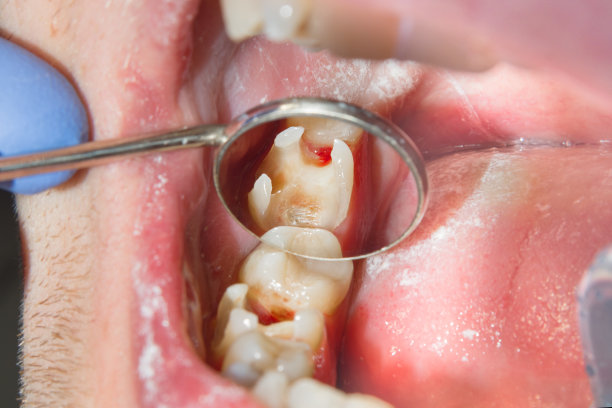Essential Precautions to Ensure a Successful and Comfortable Root Canal Treatment for Patients and Dentists
Summary: Root canal treatment can often evoke anxiety and discomfort for patients, but careful planning and execution can significantly improve the experience for both patients and dentists. This article outlines essential precautions to enhance the success and comfort of root canal procedures, focusing on the patients preparedness, the dentists approach, pain management techniques, and post-treatment care. By adopting these practices, we can ensure a smoother treatment process that minimizes discomfort, promotes healing, and fosters trust between patients and their dental care providers.
1. Patient Preparation is Crucial

Understanding the procedure is the first step toward easing patient anxiety. Dentists should take the time to explain what a root canal entails, including the steps involved and the expected outcomes. This knowledge can empower patients, helping them to feel more in control of their dental health.
Moreover, patients should be encouraged to communicate any concerns or previous experiences with dental procedures. This information enables dentists to tailor their approach, ensuring that the patient feels comfortable throughout the treatment process. A dialogue fosters trust and can alleviate fears associated with the procedure.
Additionally, patients should be advised on pre-treatment care. This includes avoiding certain foods and beverages to reduce discomfort and advocating for a good night’s sleep before the appointment to ensure they are well-rested. Such steps can ease tension and help patients arrive mentally prepared for their treatment.
2. Dentists Expertise and Environment Matters
A dentists experience plays a critical role in the success of a root canal treatment. Continuous education and training ensure that dental professionals stay updated on the latest techniques and technologies. This knowledge base allows them to address complications effectively and reduces the likelihood of procedural errors.
The treatment environment should also contribute to patient comfort. Creating a calm and welcoming atmosphere can help reduce anxiety. Elements like soothing colors, relaxation music, and comfortable seating arrangements can make a significant difference in the patients experience.
In addition, proper sterilization and infection control measures are vital. Using high-quality materials and maintaining a clean work area not only boosts patient safety but also enhances the dentist’s confidence in performing the procedure. This attention to detail can lead to a more comfortable experience for everyone involved.
3. Effective Pain Management Strategies
Pain management is a top priority for both dentists and patients during a root canal treatment. Dentists should provide a range of anesthesia options to ensure that patients experience minimal discomfort throughout the procedure. Understanding the patients pain threshold and preferences can help in selecting the best approach.
Beyond local anesthesia, sedation options may also be considered for particularly anxious patients. Techniques such as nitrous oxide or oral sedatives can help patients feel relaxed and more at ease, enhancing their overall experience during treatment.
Additionally, postoperative pain management strategies should be discussed before the procedure. Dentists can recommend appropriate over-the-counter pain relief medications, with guidance on their use for optimal comfort as the numbness wears off. This proactive approach will prepare patients for their recovery and help manage expectations.
4. Comprehensive Post-Treatment Care
Post-treatment care is essential for a successful recovery after a root canal. Dentists should provide clear instructions on what to expect in the days following the procedure. Patients should be educated about symptoms such as mild discomfort or swelling and when these symptoms require further attention.
Encouraging patients to follow a gentle oral hygiene routine can prevent complications. It is vital to remind them of the importance of soft foods, staying hydrated, and avoiding strenuous physical activities shortly after the treatment.
Moreover, follow-up appointments should be scheduled to monitor the healing process. Having a safety net in place reassures patients that their dentist is committed to their wellbeing, fostering trust and satisfaction in their chosen dental practice.
Summary:
By implementing essential precautions regarding patient preparation, dentist expertise, effective pain management, and comprehensive post-treatment care, both patients and dentists can ensure a smoother and more successful root canal treatment experience. Ultimately, fostering a supportive environment contributes to positive healthcare outcomes and helps eliminate the stigma often associated with root canal procedures.
This article is compiled by Vickong Dental and the content is for reference only



